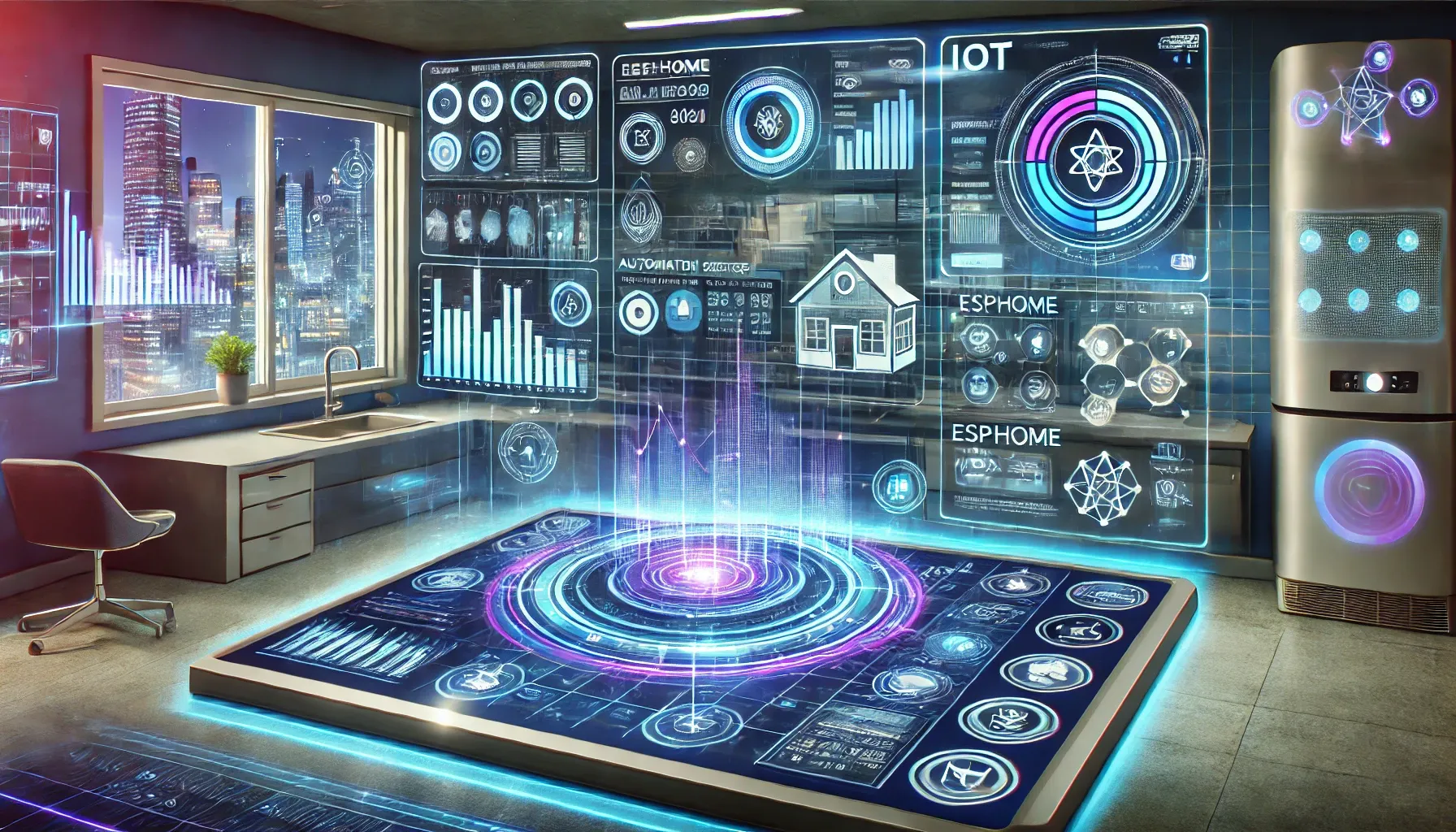Harnessing AI: How Technology is Shaping the Future of Painting
Ever thought about what it would be like if your paintbrush could think? It might sound like something out of a sci-fi movie, but with the rise of artificial intelligence (AI), it’s becoming a reality. AI is not just a buzzword anymore; it’s a vibrant new color on the artist’s palette, transforming how paintings are made, perceived, and experienced.
The Intersection of Art and Technology
Let’s dive into this fascinating blend of technology and creativity. Imagine AI as a co-pilot that offers artists a fresh perspective, suggesting colors and styles that they might never have considered before. It’s like having a brainstorming buddy who never tires, always ready with new ideas.
AI in painting is like adding a new dimension to a classic recipe—spicing things up while retaining the essence. Artists now have access to tools that can learn from their techniques and evolve, pushing the boundaries of what’s possible on canvas.
AI-Powered Tools and Techniques
From digital brushes that simulate real brush strokes to algorithms that analyze and replicate centuries-old styles, AI tools have become indispensable to modern artists. These tools can even predict and suggest the next stroke, making the painting process both intuitive and spontaneous.
Think of AI as a master apprentice learning from the best. It observes, absorbs, and then assists, offering new pathways to creativity. For budding artists, this means a smoother learning curve. For seasoned painters, it’s a gateway to uncharted territories.
Transformative AI Art Projects
Let’s talk about some cool projects. Artists are using AI to generate art that’s not just unique but also profoundly reflective of contemporary themes. For instance, AI-generated portraits that change their expression based on viewer interaction bring a whole new meaning to ‘art watching you back’.
- Dynamic art installations that adapt to environmental changes.
- AI-generated music-infused paintings that evoke multisensory experiences.
- Interactive exhibits where AI responds to viewer emotions and feedback.
These projects aren’t just experiments; they’re a glimpse into a future where art is as dynamic and evolving as life itself. The line between artist and audience blurs, creating a shared space for imagination.
Challenges and Considerations
But let’s not get carried away—it’s not all rainbows and butterflies. There are challenges, like ensuring that AI complements rather than competes with human creativity. There’s a delicate balance between harnessing AI’s potential and maintaining the authenticity of human expression.
Moreover, ethical considerations about authorship and originality can’t be ignored. When a masterpiece is crafted with AI assistance, who gets the credit? The artist, the coder, or the machine? These questions add layers to the dialogue on art and technology.
The Future Awaits
As we stand on the brink of this technological revolution, one thing’s for sure—AI isn’t here to replace artists; it’s here to empower them. The canvas has expanded beyond the physical, offering endless possibilities for those willing to explore.
In the end, art’s spirit remains unchanged: it’s about telling stories, evoking emotions, and connecting with people. AI just adds a new chapter, a new way to tell these stories, making the future of painting more exciting than ever before.
So, grab your digital brush, engage your imagination, and get ready to create in ways you never thought possible. The future of painting isn’t just about what you can see—it’s about what you can dream.




